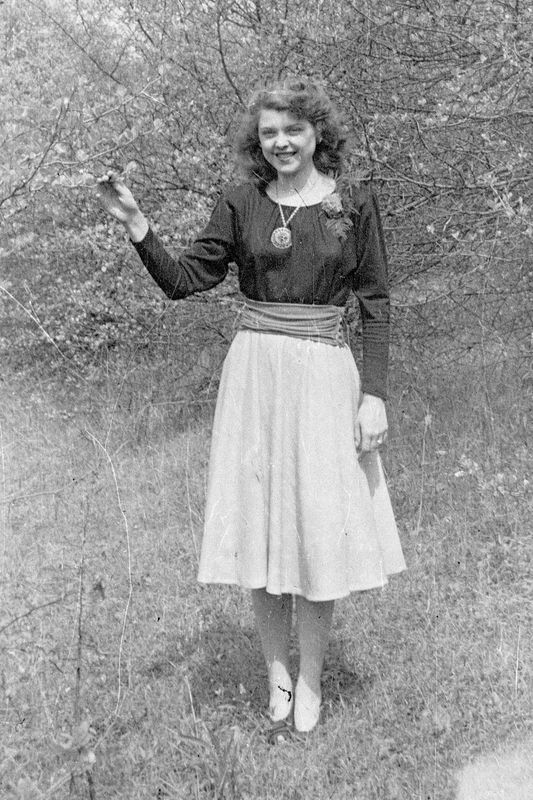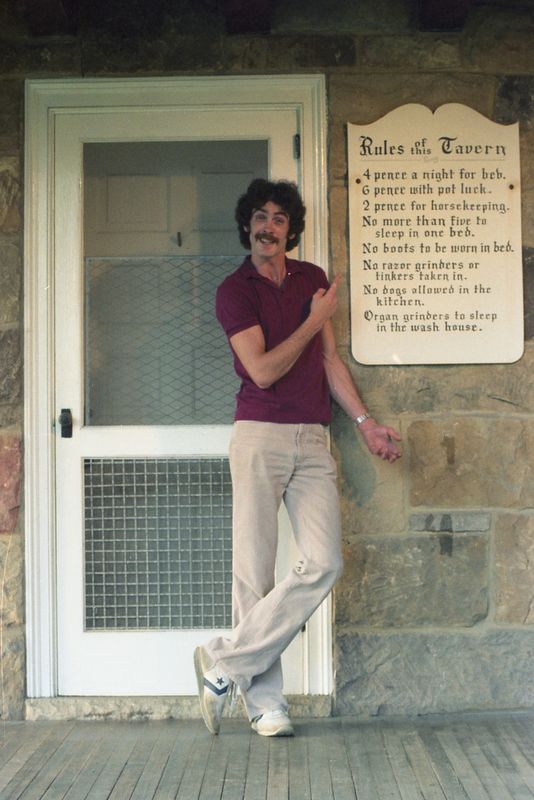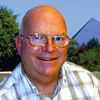Digitizing old negatives
May 3, 2017 10:21:46 #
Old84 wrote:
After several (read many) years of film photograph... (show quote)
Since you are dealing with color negatives, I am not sure how useful a loupe or lightbox will be. You mentioned people in groups are often hard to recognize. It sounds like for some you are going to need the positive image to determine if the picture is worth scanning.
Certain scanners have been suggested - I use an older Epson V500. Unless I missed it, you did not mention the film size. Before you buy a scanner, make sure it will handle your film. I have used my V500 for non-35mm negatives that do not fit the holders provided, but the results are not as good as when the negative is housed in the proper holder.
Here is another thought you might find handy. It is what I essentially do. Essentially scan everything, and then either delete the pictures you do not want after copying them to your computer, not necessarily previewing them in the scanner software. In other words I batch scan and delete later. Yes it takes a longer, especially if you remove dust etc during scanning - something I definitely recommend. But while the th scanning is being done, I am off doing other things on my computer.
As you scan make sure you stay within the optical resolution of your scanner. Iscan at 3200 DPI, which is the maximum of my V500.
FWIW
Good luck and enjoy.
May 3, 2017 11:32:23 #
I have scanned thousands of 35mm slides over the past few years, using a Konica Minolta 35mm film scanner, along with LaserSoft Imaging Software. Does a wonderful job.
May 3, 2017 12:26:06 #
bleyton
Loc: Los Angeles, CA
I just finished scanning about 10k 35mm negatives and slides using a Plustek Opticfilm 7600i Ai scanner with the included SilverFast software. I am very impressed with the results. It took a lot of time, and you still have to go back to crop and adjust the photos, but if the quality is there in the original, the Plustek does a very good job of pulling it out.
I got mine used on eBay for about $150. That's a far cry from what you would spend to have them scanned for you, and you remain in control of the process when you do it yourself. I have heard mixed reviews about almost every scanning service out there.
Plustek support was also very helpful when I ran into difficulties.
I got mine used on eBay for about $150. That's a far cry from what you would spend to have them scanned for you, and you remain in control of the process when you do it yourself. I have heard mixed reviews about almost every scanning service out there.
Plustek support was also very helpful when I ran into difficulties.
May 3, 2017 14:40:10 #
I used a Epson 700 Photo and got great results. Some from slides that could not be cleaned properly have to have some PP. But do scan all the slides/negatives you have and decide later the keepers. Some just will not scan properly if too old or faded or have color degradation. Remember that the Digital ICE technology takes twice as long on a slide/negative. If using holders that contain many slides as an example, look at all the previews to see if only some of the results need color correction. Some may not and you can de-select those. Sometimes the scanner will not allow you to go higher than 2400 and even sometimes 1200 depending on other options. The manual is a good resource.
May 3, 2017 15:42:51 #
RichardE wrote:
Sometimes the scanner will not allow you to go higher than 2400 and even sometimes 1200 depending on other options. The manual is a good resource.
I agree with checking the manual. Generally, for the scanners mentioned in the thread, the maximum optical resolution for slides/negatives is much greater than 1200 dpi. That low number is probably referring to scanning prints.
In fact, if you are scanning a 35mm negative/slide at 1200 dpi, you will only be able to produce a high quality print that measures about 5.8"x3.8", assuming you send the printer a file at 300 pixels/in.
May 3, 2017 16:06:09 #
May 3, 2017 16:21:40 #
ricardo7 wrote:
Honestly, I would use a loop and lightbox and mark off the frames I want.
If you identify a few hundred I would think that a reasonable number to
scan individually over a few weeks. If you're in the thousands, well, you
do the math.
If you identify a few hundred I would think that a reasonable number to
scan individually over a few weeks. If you're in the thousands, well, you
do the math.
Loop????
May 3, 2017 17:27:01 #
May 3, 2017 17:32:28 #
May 3, 2017 17:43:15 #
I usually import into LightRoom and go from there. There are other programs you can also use...
May 3, 2017 18:14:16 #
May 3, 2017 22:13:36 #
Old84 wrote:
Thanks for the quick answer, however, I am not familiar with a loop and lightbox. Where would I get additional info about them?
He means a loupe, not loop. It's a magnifier.
May 3, 2017 23:45:24 #
Patrick9
Loc: Muncie, IN
The theme of these answers is that you can expect to get good results with any of the name brand flat bed scanners. Usually the included software is all you need but I have been happy that I did add Vuescan standard edition for about $30 to upgrade the software on my older scanner. The only downside is that you will have to spend some time on this project.
May 4, 2017 02:47:06 #
scotty54
Loc: Cranberry Twp, PA
I have scanned numerous slides with an Epson V-500 with good results. However, negatives are a different story. If your film is very flat, it works fine. Some of my film, however, is curled side to side, not lengthwise. Even with anti- Newton ring glass taped into the film holder, I couldn't keep it flat enough for a decent scan. I bought a Plustek 7600i-SE and am very pleased with the results. It may be a bit tedious, as it only scans single, 35mm frames and has no auto-advance, but it scans well, and the ladder-like holders keep film flat. Why Epson doesn't make a better holder is anyone's guess. Good luck with your scanning! Attached scans done with Plustek


May 4, 2017 11:10:52 #
Old84 wrote:
After several (read many) years of film photograph... (show quote)
I will assume there are a good portion of family photos in the batch. Whether they have artistic value, or not, is not important. They are documents that future generations would love to see many years from now. If you make the decision to scan these photos it just may be the last time anyone will digitize them and there is always the possibility that someone else will discard your originals in the future. Do the best work you know how to do right from the outset. I have been lucky enough to get a second shot at family photos long after I learned what I really needed to do, so those early 350k sized scans will not be the final word.
Now, I scan prints, slides and negatives as DNG files. I opt for large sized files as I have learned you can see a lot in a good scan of a small print when blown up. (I have a cryptic photo of a deck of a ship with no recognizable family members in it. My large scan enabled me to blow it up and see "Baltic" on a lifeboat, so now I know this was taken by my father when he arrived from Ireland on the Baltic in 1923.)
I also put as much info in the Metadata as I can. I may not be around to explain the circumstances of a photo to a 40 year old grandniece.
The software that comes with a scanner may not offer DNG as an option, but I use Vuescan, which does. Vuescan also offers more facilities for adjusting the scan image. It has the added benefit of working with every scanner and having one learning curve for any scanner you may buy in the future.
If you want to reply, then register here. Registration is free and your account is created instantly, so you can post right away.



